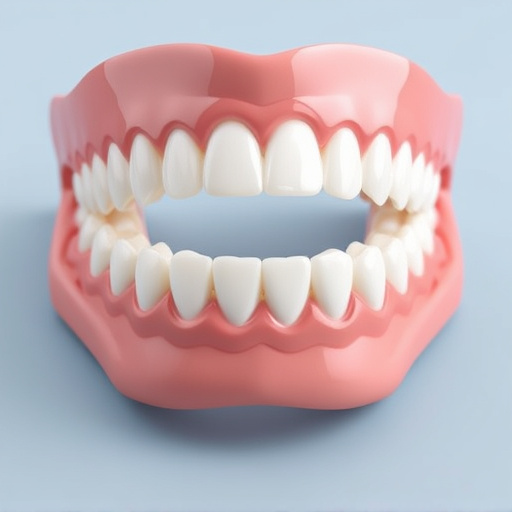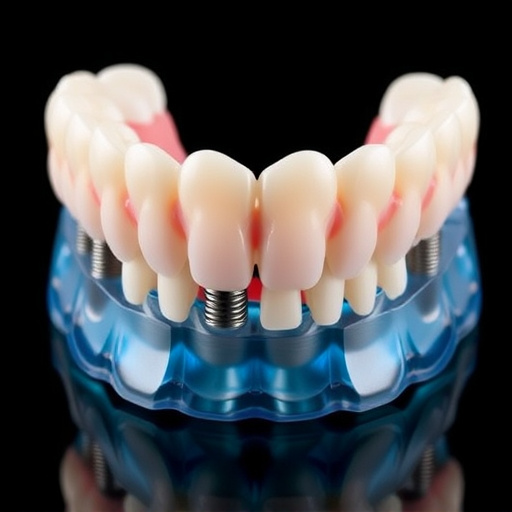In the bustling world of parking, where vehicles jostle for space, door edge protection emerges as a silent guardian. This article delves into the role of door edge protection in mitigating parking-related damages. We explore how these protective devices safeguard car doors from bumps and scrapes, common issues in crowded parking lots. By understanding their effectiveness and prevalence, we can appreciate the vital contribution they make to overall parking safety and vehicle preservation.
- Understanding Door Edge Protection and Its Role in Parking Safety
- The Prevalence of Parking-Related Damages and Their Impact
- Exploring the Effectiveness of Door Edge Protection in Preventing Damage
Understanding Door Edge Protection and Its Role in Parking Safety

Door edge protection is a crucial component in enhancing parking safety and mitigating damage to vehicles. This protective system is designed to safeguard the delicate edges of car doors from various hazards commonly encountered in parking lots and garages. By understanding its role, automotive enthusiasts and vehicle owners can appreciate the significance of door edge protection as an essential part of automotive detailing.
The primary function of this protection lies in preventing scratches, dents, and other forms of damage caused by nearby vehicles, shopping carts, or even debris during parallel parking or tight maneuverability. It offers a layer of defense against UV radiation, which can degrade the paint over time, ensuring that vehicles maintain their aesthetic appeal. Effective door edge protection is a game-changer in vehicle protection, providing peace of mind and preserving the investment in automotive detailing.
The Prevalence of Parking-Related Damages and Their Impact

The prevalence of parking-related damages is a growing concern for vehicle owners and automotive experts alike. With an increasing number of cars parked in tight spaces, on uneven surfaces, or in multistorey car parks, the risk of door edges sustaining scratches, dents, or even severe impact damage has risen significantly. These types of damages not only affect the aesthetics of a vehicle but can also lower its resale value and compromise structural integrity if left unrepaired.
The impact of parking damage extends beyond financial losses. It can cause psychological distress for car owners, leading to increased anxiety about their vehicle’s safety and condition. Moreover, in today’s world where personal vehicles are often seen as extensions of one’s identity, custom graphics or high-quality finishes that adorn door edges may be particularly valuable. Therefore, door edge protection emerges as a crucial solution not only to prevent such damages but also to preserve the car customization and beauty that owners take pride in.
Exploring the Effectiveness of Door Edge Protection in Preventing Damage

Door edge protection has gained significant attention as a potential solution for preventing parking damage, especially in urban areas where parallel parking is common. This protective measure involves adding specialized barriers or covers to the vulnerable edges of vehicle doors, safeguarding them from impacts and scratches during nearby parking maneuvers. The effectiveness of door edge protection lies in its ability to act as a physical barrier, reducing direct contact between doors and neighboring vehicles or obstacles.
Beyond this basic role, advanced materials used in modern door edge protectors can offer additional benefits. For instance, some protective solutions incorporate ceramic coatings that not only enhance durability but also provide heat rejection properties, which can be advantageous in preventing thermal damage caused by hot surfaces of nearby cars during summer months. The market for automotive detailing products, including door edge protection, is witnessing a rise in demand from vehicle owners looking to maintain their cars’ aesthetics and prevent costly repairs, further emphasizing the potential of these protective measures in promoting scratch-free parking experiences.
Door edge protection has emerged as a vital component in parking safety, offering a simple yet effective solution to prevent common parking damage. By understanding its role and implementing appropriate measures, drivers can significantly reduce the risk of scratching, dinging, or even more severe injuries caused by neighboring vehicles. The effectiveness of door edge protection lies in its ability to provide a buffer zone, allowing for a degree of movement during parallel parking or tight maneuvers. As the prevalence of parking-related damages continues to grow, adopting this easy and affordable solution could be a game-changer in fostering a safer driving environment.














